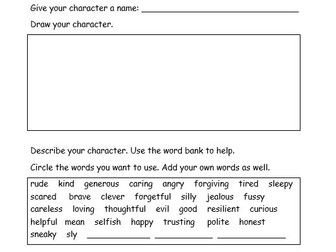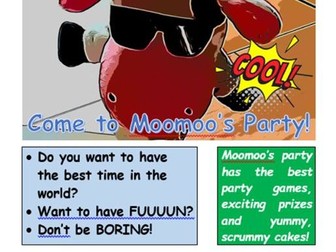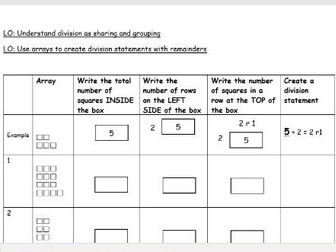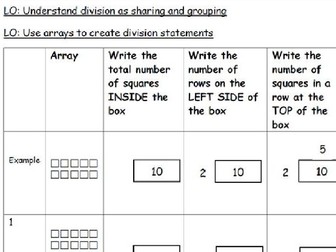Character profile worksheet (hero/villain)
<p>Worksheet / template to help students create a character profile / description for use in writing their own stories.<br />
Templates are for both hero and villain characters.<br />
Students can draw their characters, then choose adjectives that describe their character, finally using their selected adjectives to write sentences that can be used later when writing stories.<br />
As the templates are in Word - adjectives can be adjusted depending upon age and ability.</p>





